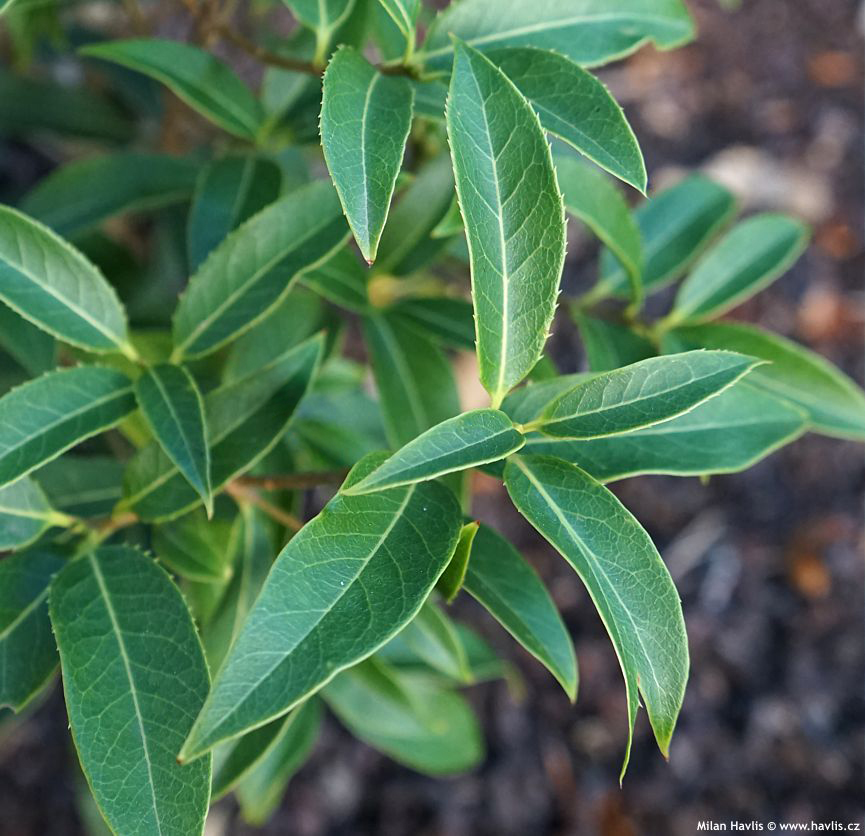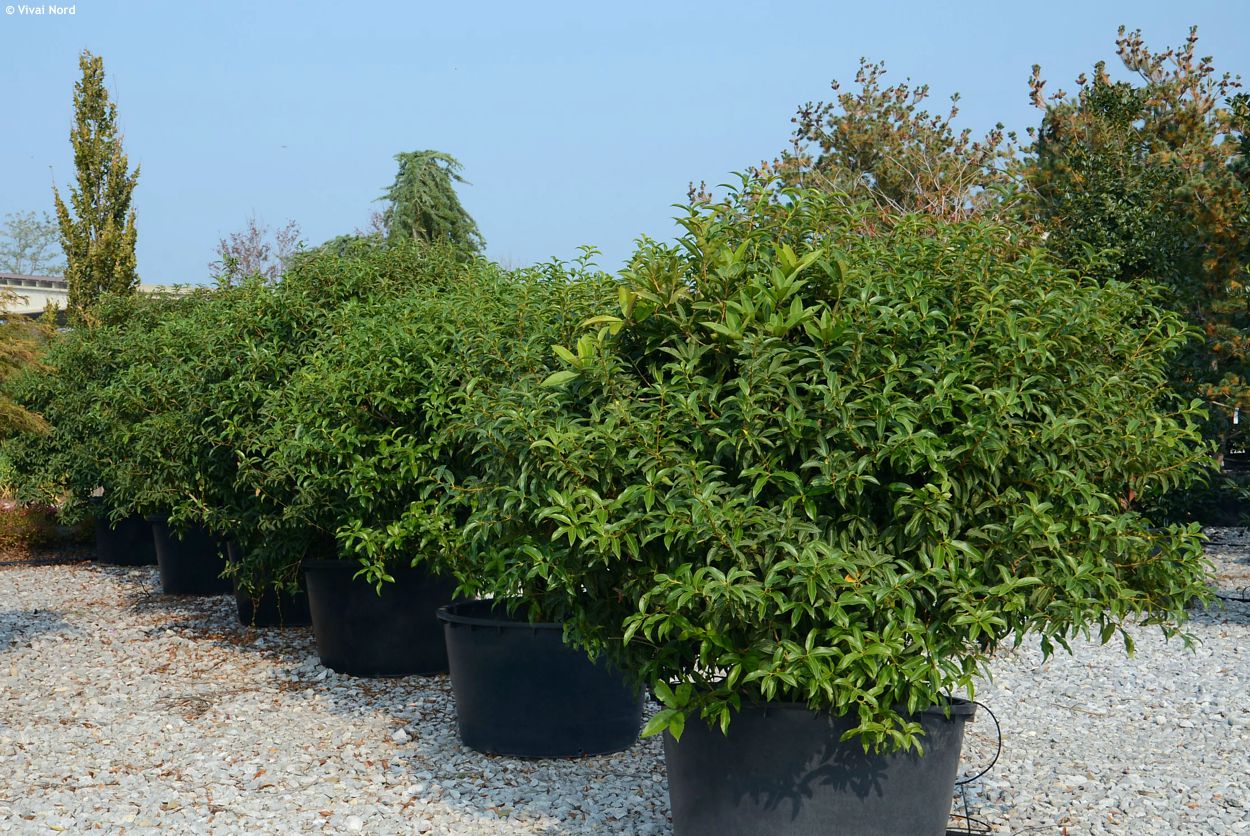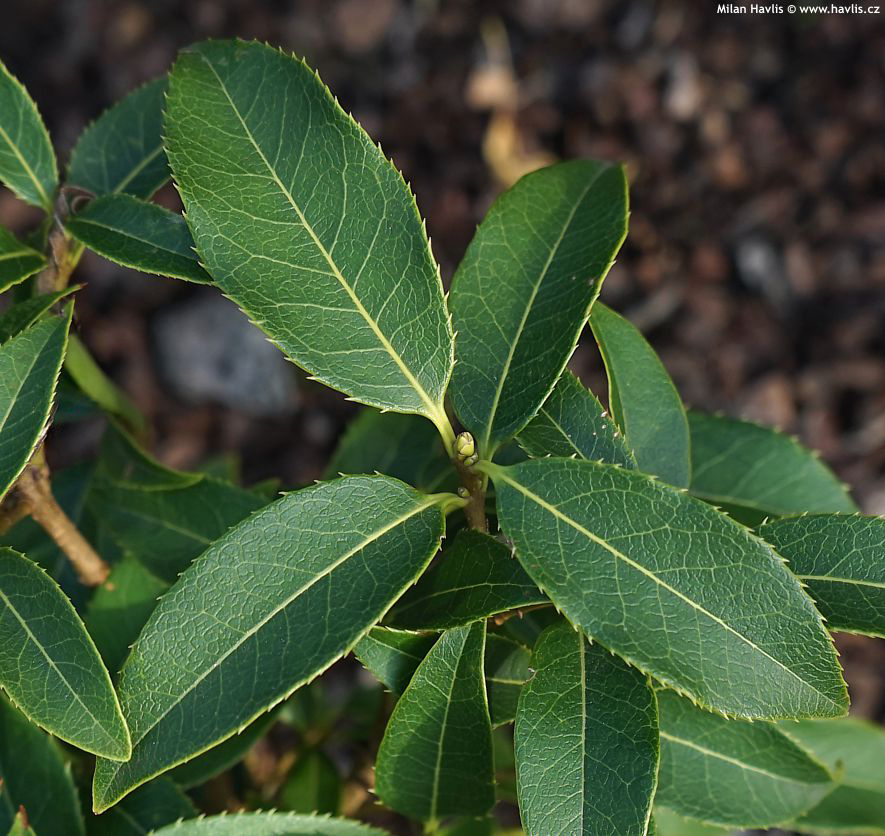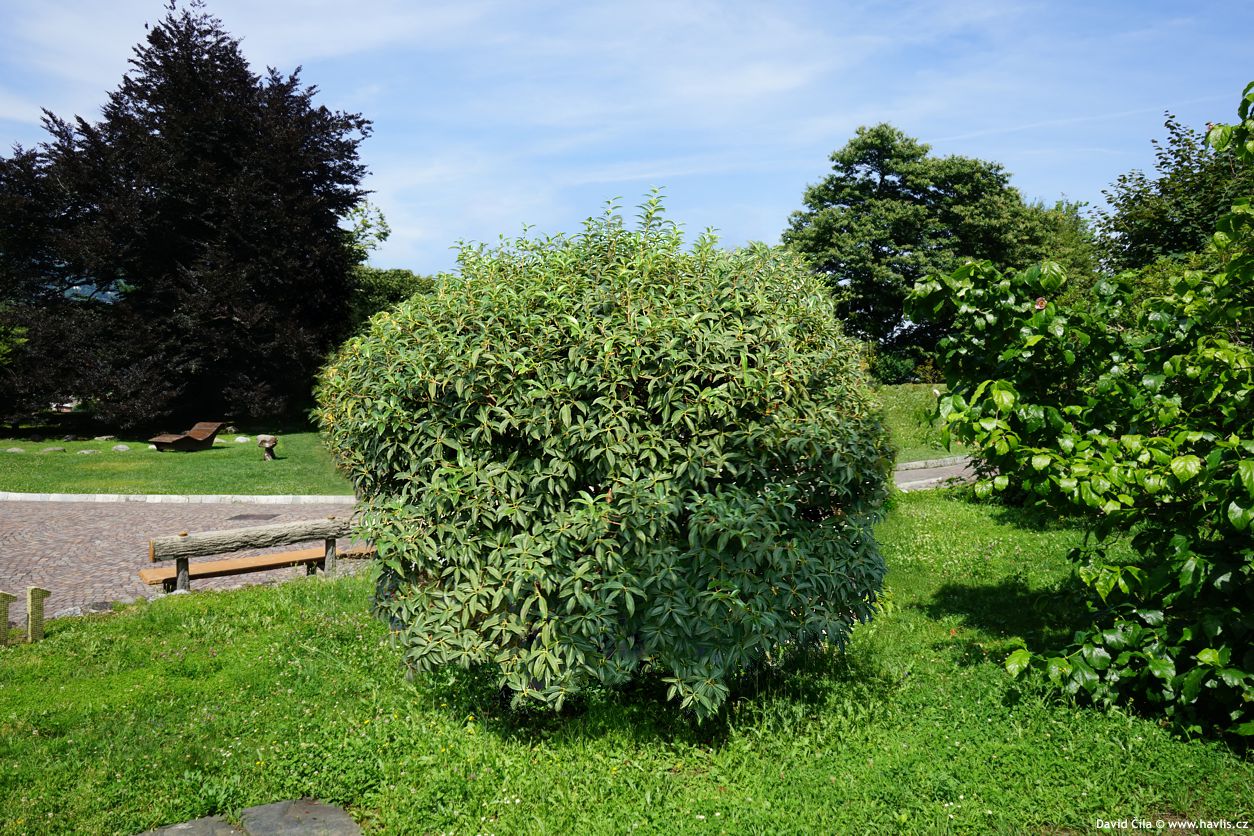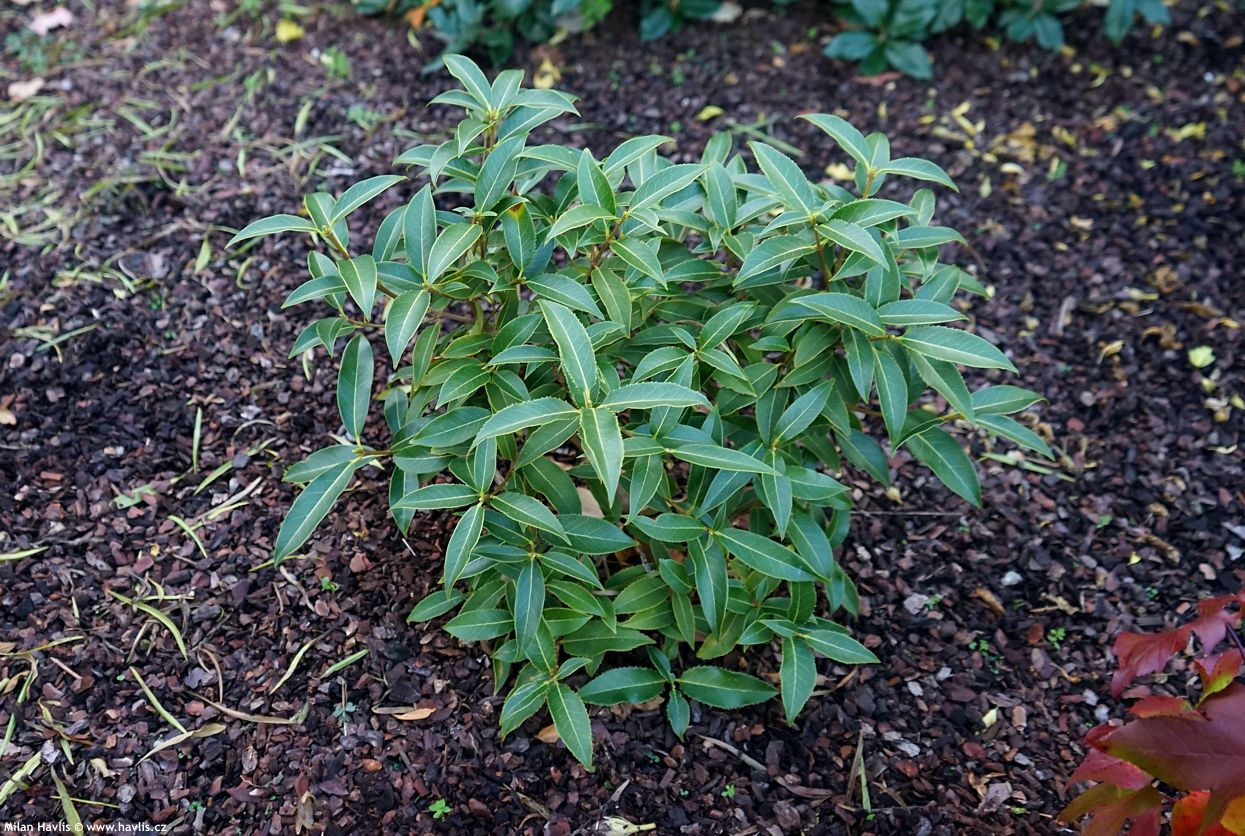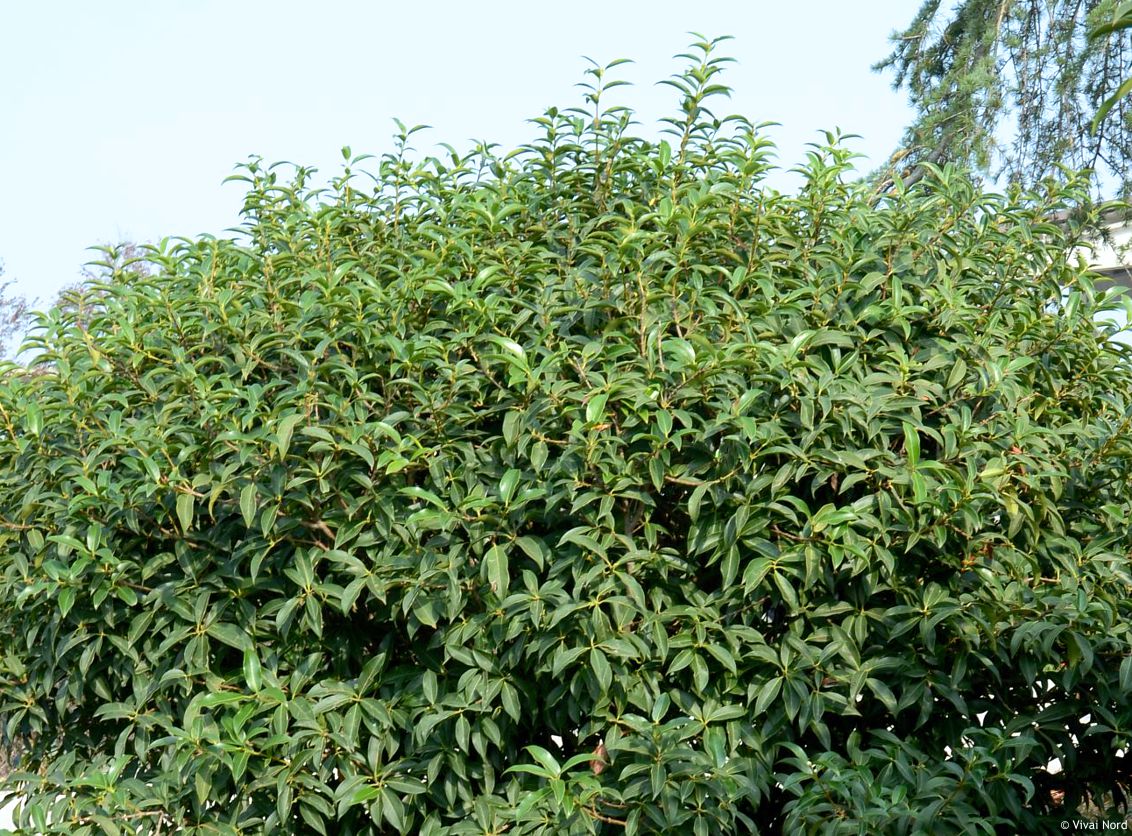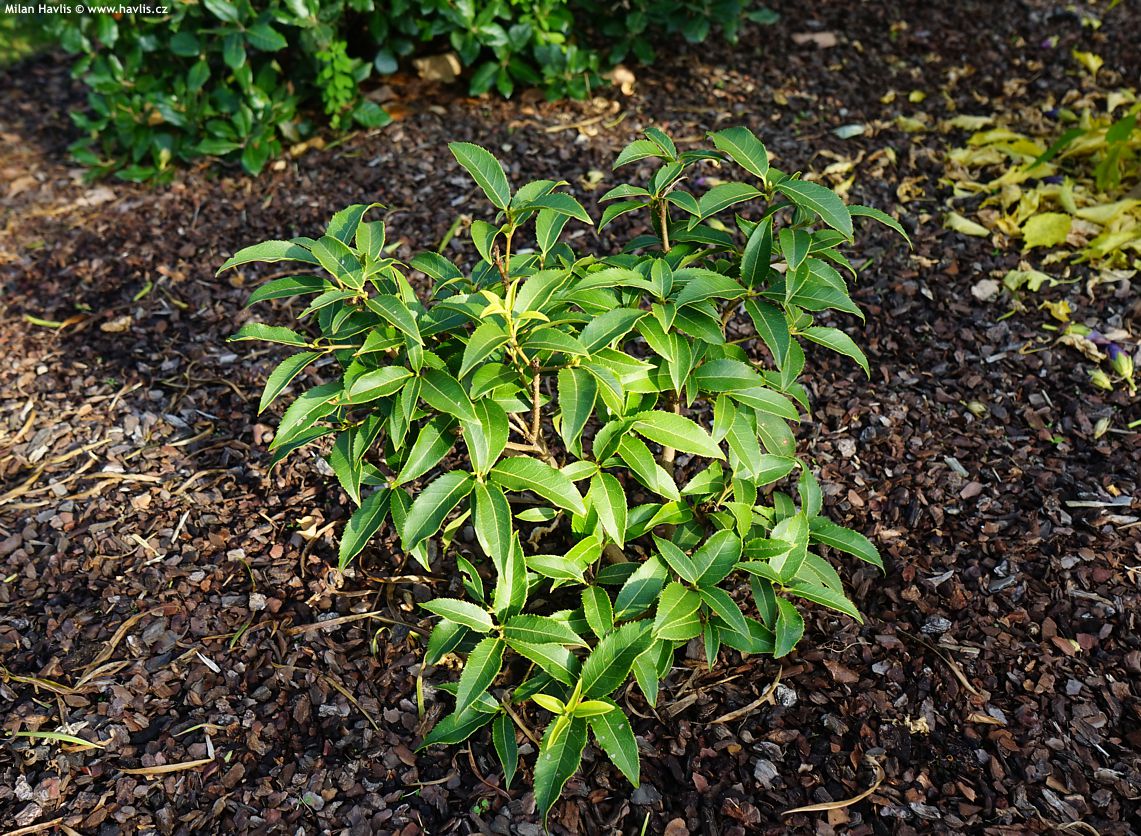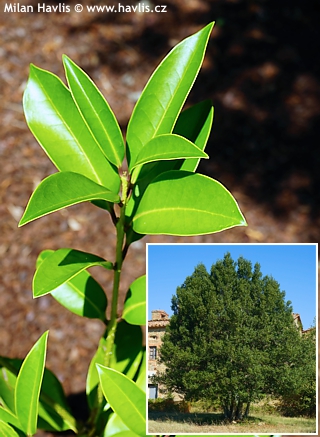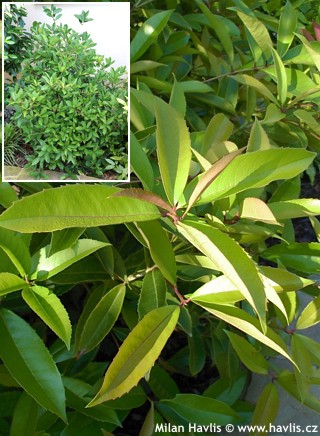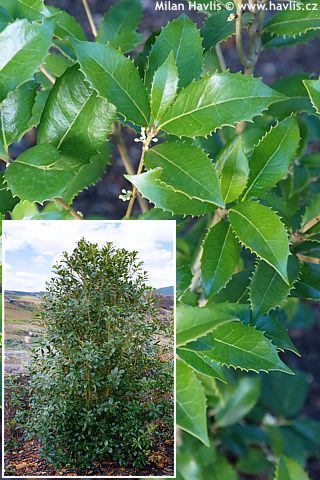Osmanthus serrulatus saw-toothed sweet olive
Osmanthus
The genus Osmanthus – from the Greek osme (fragrance) and anthos (flower) – comprises around 15 to 20 species and cultivars, many of which are often mistaken for hollies due to the shape and rigidity of their leaves. These evergreen shrubs and small trees are native to Southeast Asia, stretching from the Himalayas through China to Japan and Indonesia. The oldest fossil records of Osmanthus date back to the Tertiary period, attesting to its long evolutionary history. The genus was first formally described by Portuguese missionary and naturalist João de Loureiro in 1790 in his work Flora Cochinchinensis, where he named Osmanthus fragrans as the type species. Modern taxonomy of the genus was significantly shaped by British botanist Peter Shaw Green, who published the first comprehensive monograph in 1958, dividing the genus into five sections based on morphological traits and geographical distribution.
While Osmanthus remained a botanical curiosity in Europe for a long time, it has been revered in China and Japan for centuries. The earliest written references to Osmanthus date back to the Warring States period (5th century BCE), appearing in the legendary Classic of Mountains and Seas. In Chinese culture, Osmanthus fragrans symbolizes virtue, perseverance, and scholarship – its flowers are associated with imperial examinations and the Mid-Autumn Festival. Taoist texts also feature the tale of the woodcutter Wu Gang, who endlessly tries to fell a self-healing Osmanthus tree on the Moon – a metaphor for eternal striving and the pursuit of perfection. In Japan, Osmanthus is known as kinmokusei, and its scent is inseparably linked to autumn, much like the smell of apples and fallen leaves in temperate regions.
Saw-toothed sweet olive is one of the most fragrant members of its genus – its small, white flowers can fill the mountain air of western China with a sweet, jasmine-like scent that travels far beyond its modest appearance. This species originates from Sichuan province, where it grows at elevations around 2,000 metres as part of the evergreen understorey of montane forests. It was botanically described by Alfred Rehder in 1916, based on collections made by the renowned plant hunter E. H. Wilson, who discovered it near the town of Baoxing – a region known not only for rare plants but also as the native habitat of the giant panda. It was introduced to Europe as early as 1912, when it was planted in the Royal Botanic Gardens of Kew, but it remains more of a collector’s treasure than a common garden shrub.
What sets it apart from most other osmanthus species is its compact, dense habit, which retains a natural elegance without the need for pruning, and its distinctive leaf shape. The leaves are narrowly ovate to elongate-elliptic, leathery, with gently arching tips, giving the plant a unique character. Their surface is not very glossy, rather somewhat satiny. The species name serrulatus refers to shallowly serrated leaf margins which become almost completely smooth and entire as the plant ages. Flowers appear in autumn, in Central Europe typically from late September to late October or early November, forming short clusters in the leaf axils. They are small, white, four-petalled, and true to the genus name – wonderfully and intensely fragrant, with notes of jasmine, apricot, and citrus blossoms. After flowering, it produces bluish-black ellipsoid fruits that ripen in autumn. These are inedible but not toxic.
As saw-toothed sweet olive is relatively rare, every collector and lover of unusual evergreens will likely place it according to their own vision. But if I may suggest, it pairs beautifully with other evergreen shrubs that offer contrasting foliage textures: palmate-leaved Choisya hybrids, box-leaved Ilex crenata, fern-leaved Mahonia, leathery-leaved Ligustrum, airy and rustling Nandina, and at ground level, why don’t we use black-leaved Ophiopogon and violet-flowering Liriope. What do you think? 😊
Give your sweet olive a good, nutrient-rich soil – acidic for deeper leaf colour, though this is not essential – and be sure to mulch generously to protect against rapid freezing. For abundant flowering, it should be grown exclusively in full sun, but if you live in a colder region, choose a spot where it is shaded from direct winter sun yet receives plenty of light in summer. We recommend planting mature specimens with hardened wood, and if the leaves get sun-scorched after their first winter outdoors, the plant will regenerate new ones in spring. If you’ve acquired a young plant, bring it indoors for the first few winters until its branches strengthen and the wood matures. Like other autumn-flowering Osmanthus species, it does not require winter watering, provided it is well watered before the onset of frost. Once established (about two years after planting), it tolerates dry spells well, especially in well-drained soil. Still, during hot summer weeks, it will appreciate occasional watering, particularly in sandy or light soils. On the other hand, it dislikes waterlogging – persistently wet soil can lead to root rot. Mulching helps retain moisture and protects the root system from temperature fluctuations. Osmanthus are long-lived shrubs that rarely suffer from diseases and according to our observations saw-toothed sweet olive is not favoured by vine weevils as much as other species. So far, it has proven hardy down to –17 °C without any damage, and our testing continues – it is expected to withstand temperatures as low as –23 °C.
Last update 27-10-2025
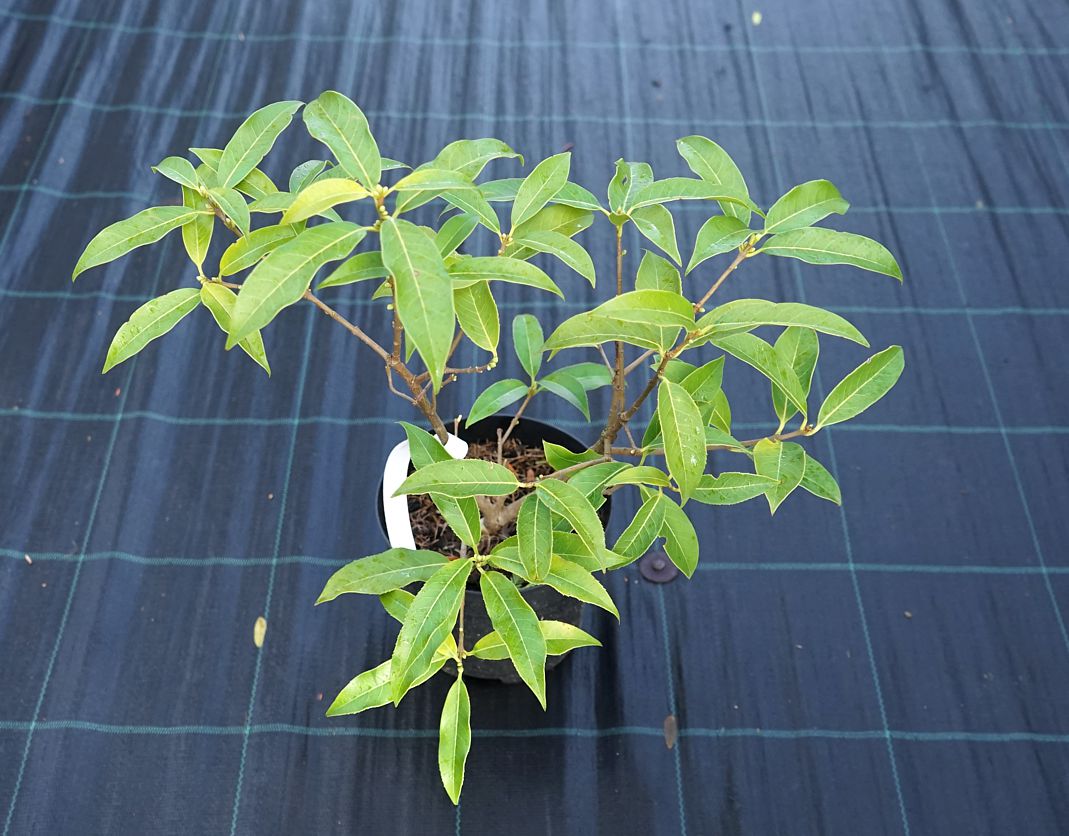
1 224 Kč

1 598 Kč

1 725,5 Kč
Goods are shipped all over Europe. For Russia and U.K. and for further details please read about SHIPPING OPTIONS HERE.
Are you interested in a serious discount for orders NOV-FEB? Check your options here.
THE PRICES INCLUDE VAT of 15%. For quick conversion you can use 1 CZK = approx. 0.04 EUR
- STANDARD QUALITY - Plants of this group are 1st class quality with number of branches and overall density adequate to their size and age, considering they were container grown.
- DE LUXE QUALITY - This label guarantees a luxurious quality of manually selected plants that, compared to their height and age, are exceptionally dense and beautiful.
- EXTRA - These plants are usually mature and bigger specimens with exceptional overall appearance.
- STANDARD (as described in the plant form) means a tree with a trunk of 190-210 cm and a crown at the top, unless specified differently. The commercial size for trees is their girth measured in the height of 1m from ground.
- HOBBY - These plants are of the same quality as our standard-quality plants but younger and therefore cheaper.
- SHRUB - a woody plant with branches growing bushy from the ground level.
- HALF-STANDARD or MINI-STANDARD - a small tree with shorter trunk, its size is usually specified.
- FEATHERED - These are trees with branches growing already from the base of the trunk and up along the stem.
- GRASSES and PERENNIALS - Sizes given usually read the diameter of the pot or the clump, as specified.

































.jpg)
